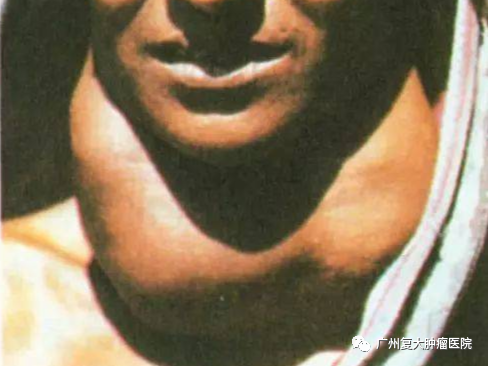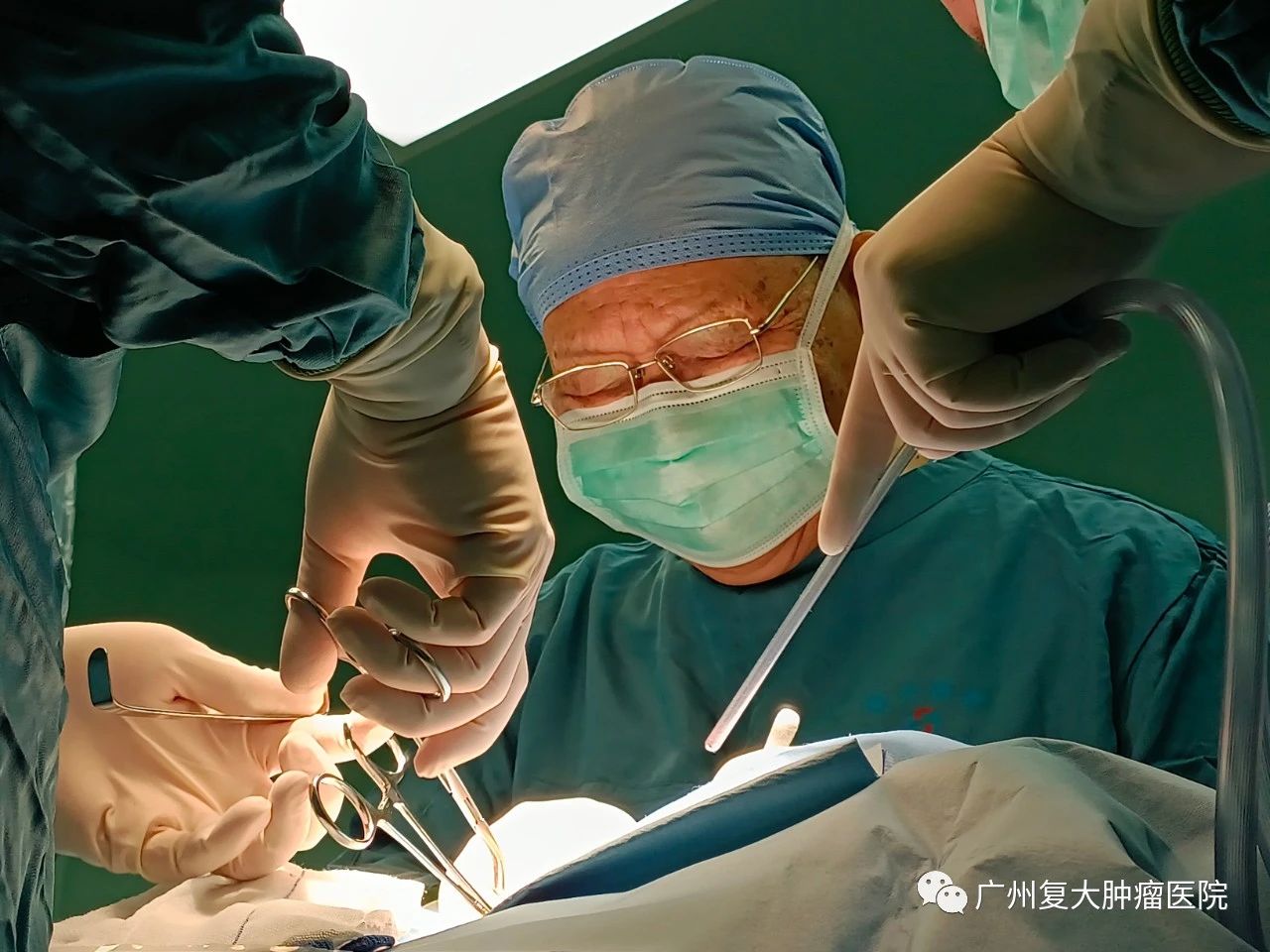Thick neck
Night sweat
Fatigue
Dysphagia
……
It’s not a big deal?
It might be goiter.

Goiter refers to a benign proliferation of thyroid epithelial cells, which can be generalized (diffuse or nodular) or focal enlargement. Goiter is a common clinical manifestation, but its prevalence and type vary widely among different people.
Goiter features different shapes and sizes with initial diffuse enlargement and bilateral cervical symmetry, and later development into nodules causing asymmetric neck. Nodular goiter may be accompanied by cystic changes, and if it is accompanied by cystic bleeding, the nodules may enlarge rapidly within a short period of time and cause pain. The thyroid gland surface is generally flat and soft; when swallowing activity takes place, the gland moves up and down when food goes down from the throat to trachea.
Nodular goiter generally doesn’t present functional change so patients have normal basic metabolic rate. However, when the nodules are larger, there may be compression of trachea, esophagus, blood vessels, nerves and other corresponding symptoms. Nodular goiter does not heal on its own and requires active intervention.
Xiao Xue (pseudonym), 21 years old, received endoscopic left goiter resection of left goiter six years ago, and postoperative pathology showed "benign tumor". However, a test in July this year found solid nodules in the right lobe of thyroid: TI-RAD3. In order to seek further diagnosis and treatment, Xiao Xue came to the third medical department of our hospital.
After admission, Xiao Xue completed the relevant physical examination which indicated that the left and right lobes of the thyroid gland were abnormal in shape with uneven parenchymal echo and multiple hypoechoic nodules in the left and right lobes. There was a 1.8×1.2cm cystic solid nodule in the middle lower part of the right lobe, which was mainly cystic with unclear boundary and even echo in the cystic part. CDFI showed no obvious blood flow signal in each nodule, and no rich blood flow signal in the thyroid parenchyma.
According to CT and other examination results, experts from the three medical departments organized a consultation. Considering that Xiao Xue's thyroid mass was clear at present and she did surgery before, the possibility of malignancy could not be excluded. Because she has surgical indications but no contraindications, the pathology can be determined through surgery to prepare for postoperative treatment.
After preparation, Prof. Zeng Zongyuan, an expert on head and neck tumor, performed right subtotal thyroidectomy and detection of left thyroid for her on the third day of admission. Postoperative pathology shows right nodular goiter. Then she was given treatment for fluid supplementation and stomach and liver protection.

Treatment of nodular goiter depends on thyroid function, the size, location and symptoms of thyroid nodules and potential cancer risk, Prof. Zeng said. Nodular goiter is characterized by bilateral, multiple nodules and high rate of comorbidities. During surgery, based on ultrasound results before or during surgery, detect both sides of thyroid simultaneously to avoid missing nodules that were not detected before surgery so as to prevent postoperative pseudo-recurrence and missing comorbidities caused by surgical omission. Not all nodular goiter cases require surgery. Surgery is required if the following situations happen:
1. Goiter is so big that it affects work and life.
2. Compression; retrosternal goiter
3. The nature of nodular goiter cannot exclude malignancy.
4. Secondary hyperthyroidism
Nodular goiter, a benign disease, can be treated in different ways at different stages of disease development. It is worth noting that the incidence of thyroid cancer in nodular goiter cases can be as high as 4% to 17%. Therefore, it is vital to understand the pathogenic factors for early prevention and timely medical treatment, and to accept the professional guidance of doctors.
Following factors that cause nodular goiter:
1. Too low or too high iodine intake
2. Infectious diseases
3. Long-term consumption of substances that cause goiter
4. History of autoimmune thyroid disease, such as Hashimoto's thyroiditis or hyperthyroidism
5. Psychological stress factors
6. Abnormal gene mutation
Correlated with the pathogenic factors, we need to take action to prevent nodular goiter in our daily life:
Reasonable diet: nodular goiter can be categorized into iodine-deficient goiter and high-iodine goiter. Therefore, in some inland mountainous areas with the lack of iodine, people should eat iodized salt for iodine supplement. In coastal areas and areas where iodine is not lacking in soil and water, the intake of iodine should not be blindly increased.
Attention to food safety: due to the need to synthesize thyroid hormone in thyroid tissues, the enzymes required for catalytic synthesis are vulnerable to the damage and interference by harmful chemicals, especially synthetic chemicals, such as thiocyanate, perchlorate, pesticides, harmful chemical gases, excessive food additives, etc. When these chemicals are present in food, they can trigger nodular goiter. At the same time, we need to put an end to smoking, and reduce fried, barbecue, pickled food intake.
Regulation of emotion: emotion is also closely related to thyroid disease, especially for those who are under great work pressure, in poor mental mood and often depressed. Therefore, we need to regulate our state of mind, actively get rid of bad emotions, and often stay calm.
Regular physical examination: mainly recommended for patients with small nodules, no symptoms, and normal thyroid function. Even if the goiter is small and does not require immediate treatment, regular thyroid ultrasound and thyroid function tests are needed to detect any potential changes.

